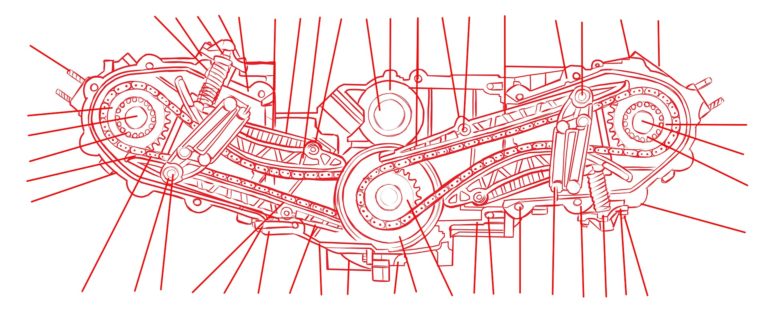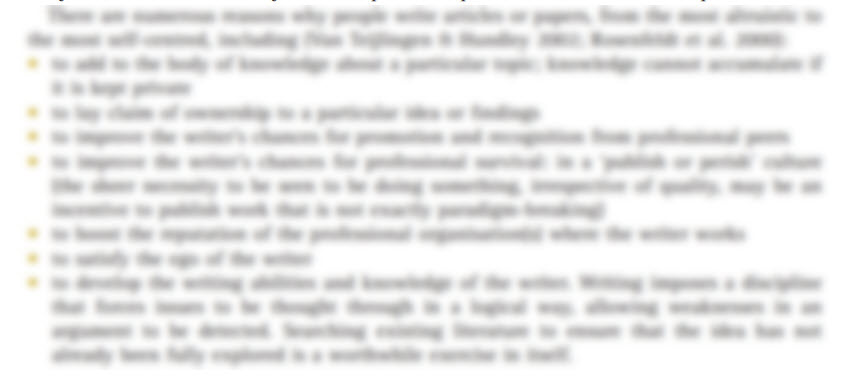In a nutshell: Any additional information or data that supports the main document or report.
Appendices (singular; appendix), supporting information, and supplementary data are terms that describe information presented as an attachment to a report, paper, article or thesis. The term used depends on the type of communication being prepared; appendices are usually used in theses and reports, whereas supplementary data or supporting information are often terms used by scientific journals.
Scientific journals place constraints on the length of published papers and actively encourage the use of supporting information to keep papers short and concise. Supporting materials are also peer-reviewed and their inclusion should be scientifically relevant.
In general, supporting information is:
– Relevant to the main report and provides extra information that will expand the reader’s knowledge of the topic.
– Not strictly necessary or essential; the report should include all of the information required to address the research problem and still be understandable to the reader without referring to the supporting information.
– Too cumbersome for the main report.
Examples of supporting information include:
– Extra information about methods used in the research project; for example, details on reagents, specific conditions used, and detailed descriptions of measuring instruments.
– Large and complex datasets, with a summary or subset of the data included in the main report. Large spreadsheets using software such as Excel can often be inserted in supporting information.
– Detailed drawings, maps, diagrams or charts.
– Sample calculations or detailed mathematical derivations.
– Questionnaires or surveys.
– Raw data or analytical data (e.g. data produced from instruments), with a summary of the processed data included in the main report.
– Detailed text, such as transcripts of interviews and excerpts from surveys.
– Summaries of other reports that expand the reader’s knowledge of the topic.
For studies with large datasets, the use of a public data repository could be appropriate. Check the journal you are submitting to as they usually provide information on the types of data repositories that should be considered. Lists of data repositories are also available (see Further Reading).
Structure guidelines
Divide the information into appropriate sections, with each section on a separate page. Each section should have a title that clearly explains its content.
Label the sections; appendices are usually labelled Appendix 1, 2, 3 (or A, B, C) whereas as supporting information is often labelled according to its type; for example, Supplementary Table 1, Supporting Figure 1, Supplementary Movie 1. As with figures and tables in the main report, supporting information is numbered according to the order it is mentioned in the text of the report.
The page numbering should be continued from the last page of text in the main report.
Always remember to check publisher’s requirements and editorial guidelines. Figures and tables should be carefully formatted as per editorial requirements, ensuring appropriate file formats are used. Also look at different formats presented in documents specific to your field.
Citation
Insert appendices at the end of the report, after the bibliography. Ensure all supporting information is appropriately cited in the report; it should be easy to find. Also ensure it is listed in the table of contents (if used).
Critically evaluate your supporting information; Is it relevant and does it expand the reader’s understanding?
Further reading
Organising your social sciences research paper: Appendices
Data repositories
- Registry of Research Data Repositories
Example Instructions to Authors
- Science: Format and style of supplementary materials
- The Veterinary Journal Guide for Authors: Supplementary material
© Dr Liza O’Donnell and Dr Marina Hurley 2019 www.writingclearscience.com.au
Any suggestions or comments please email info@writingclearscience.com.au
Find out more about our new online course...
Now includes feedback on your writing Learn more...
SUBSCRIBE to the Writing Clear Science Newsletter
to keep informed about our latest blogs, webinars and writing courses.





